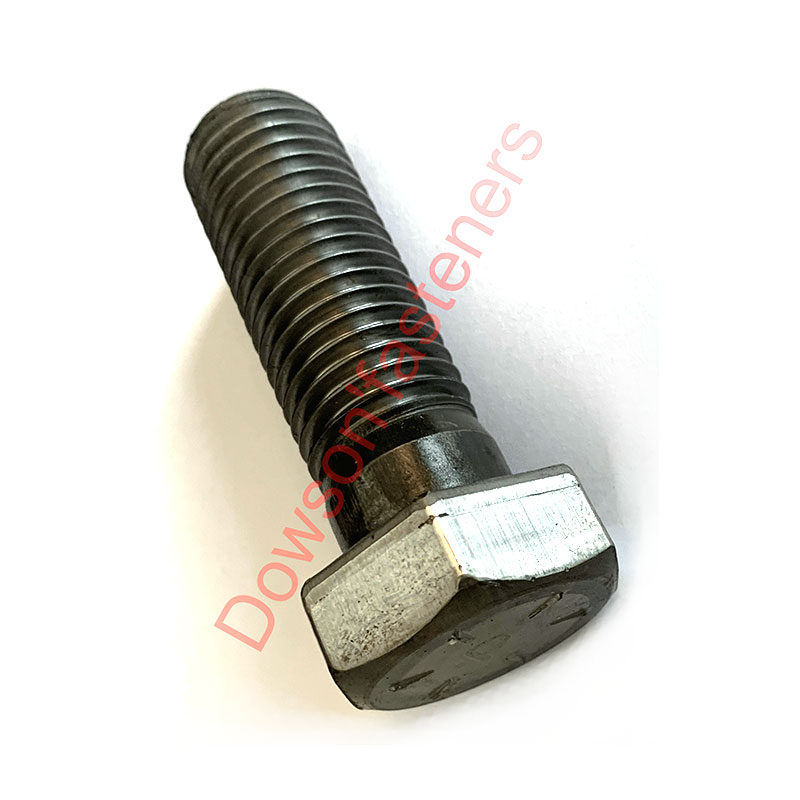Bolting Beyond: Understanding Tension Control Bolts and Their Advantages
2024-05-13
In the realm of construction and structural engineering, the importance of secure and reliable connections cannot be overstated. Bolts play a crucial role in joining structural elements together, providing stability and strength to buildings, bridges, and infrastructure projects. Among the various types of bolts available, tension control bolts stand out for their unique design and numerous advantages. Let's delve into what tension control bolts are and explore the benefits they offer in construction and beyond.
Understanding Tension Control Bolts:
Tension control bolts, also known as TC bolts or twist-off bolts, are specialized fasteners designed for critical structural connections. Unlike traditional bolts, which require torque wrenches for tightening, tension control bolts utilize a unique installation method involving controlled tensioning.
The design of tension control bolts consists of three main components: the bolt, the nut, and the washer. The bolt features a smooth shank with a series of spline grooves near the end. The nut is equipped with matching splines, while the washer serves as a bearing surface during installation.
During assembly, the bolt is inserted through the aligned structural elements, and the nut is threaded onto the end of the bolt. A specialized installation tool is then used to grip the splines on the nut and apply controlled tension to the bolt. Once the desired tension is achieved, the excess bolt is sheared off, leaving a secure and reliable connection.
Advantages of Tension Control Bolts:
1. Consistent and Reliable Tensioning: One of the primary advantages of tension control bolts is their ability to achieve consistent and reliable tensioning. The controlled installation process ensures that each bolt is tightened to the specified preload, minimizing the risk of under- or over-tightening common with traditional bolts.
2. Improved Joint Integrity: Tension control bolts provide enhanced joint integrity and structural performance compared to conventional bolts. The precise tensioning of the bolt helps distribute loads evenly across the joint, reducing the risk of joint slippage, loosening, or failure under dynamic loads or seismic activity.
3. Ease of Installation: While tension control bolts require specialized installation equipment, they offer ease of installation compared to torque-controlled bolts. The controlled tensioning process is straightforward and efficient, allowing for faster and more reliable assembly of structural connections.
4. Reduced Maintenance Requirements: The secure and reliable connections provided by tension control bolts contribute to reduced maintenance requirements over the lifespan of a structure. With fewer instances of bolt loosening or joint failure, maintenance costs and downtime associated with repairs are minimized.
5. Enhanced Safety: Tension control bolts enhance safety in construction and structural applications by providing robust and dependable connections. The controlled tensioning process ensures that bolts are tightened to the appropriate preload, reducing the risk of structural failures and enhancing overall safety on-site.
6. Cost-Effectiveness: Despite the initial investment in specialized installation equipment, tension control bolts offer long-term cost savings through improved joint integrity, reduced maintenance requirements, and enhanced structural performance. The benefits of using tension control bolts outweigh the upfront costs, making them a cost-effective choice for critical structural connections.
Conclusion:
In conclusion, tension control bolts represent a significant advancement in fastening technology, offering numerous advantages in construction and structural engineering applications. From consistent and reliable tensioning to improved joint integrity and enhanced safety, tension control bolts provide a robust solution for critical structural connections. As the construction industry continues to prioritize efficiency, reliability, and safety, tension control bolts stand out as a versatile and cost-effective choice for securing the built environment.



